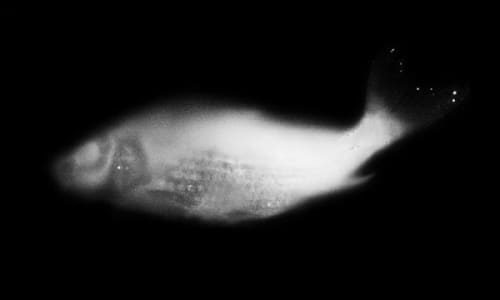By Andy St. Louis
Andy St. Louis on the South Korean artist’s latest project that contemplates how society copes in the aftermath of disaster
In a world where conditions of crisis are increasingly seen as the new normal, art can offer opportunities for reflection on our changing reality and a means of comprehending catastrophe. Park Chan-kyong’s latest project gives viewers plenty to process, incorporating multiple mediums and modalities to propose a multivalent consideration of the value of community in trying times.
While grounded in a rigorous conceptual framework (navigating notions of modernity, tradition, representation and historicisation), Gathering also delivers on an emotional level by moving beyond polemics of institutional critique and postcolonial discourse to contemplate how individuals in society cope in the aftermath of disaster. The result is an ambitious, compelling and occasionally unwieldy exhibition that probes the depths of this acclaimed photographer, filmmaker and critic’s meditations on community and crisis, conjuring a motif of duality as its unifying principle.
On entry, visitors are funnelled through a visual archive of sorts, which serves as a test ground for alternative art histories and exhibition methodologies. In Small Museum of Art (all works 2019) Park imagines a museum structured to reflect its regional context and specific historical legacy, rather than acquiesce to the world-views perpetuated by archetypal Western art institutions. This mazelike installation comprises photographic reproductions of works by other artists, interspersed with a selection of reference images and sparse wall texts, articulating a loose network of indeterminate relationships between elements. Here, objects by conceptual artists Kim Beom and Chung Seoyoung are presented in dialogue with a largescale ink painting on folding screen by avant-garde modern artist Lee Ungno, while photos that document the construction of MMCA’s original flagship building during the 1980s appear beside images of traditional Korean mountain spirit shrines. Park’s unorthodox approach to installation schematics in Small Museum of Art reinforces a sense of scepticism towards institutionalised systems of display and reifies the contingent nature of Park’s proposed framework: unmounted photographs are fixed directly to the wall; texts and captions are handwritten in pencil. In this way, Park promotes the idea of the museum as a subjective frame of thought rather than a vehicle for predetermined or necessary ideologies. And that paradigm informs the rest of the works in the show...






